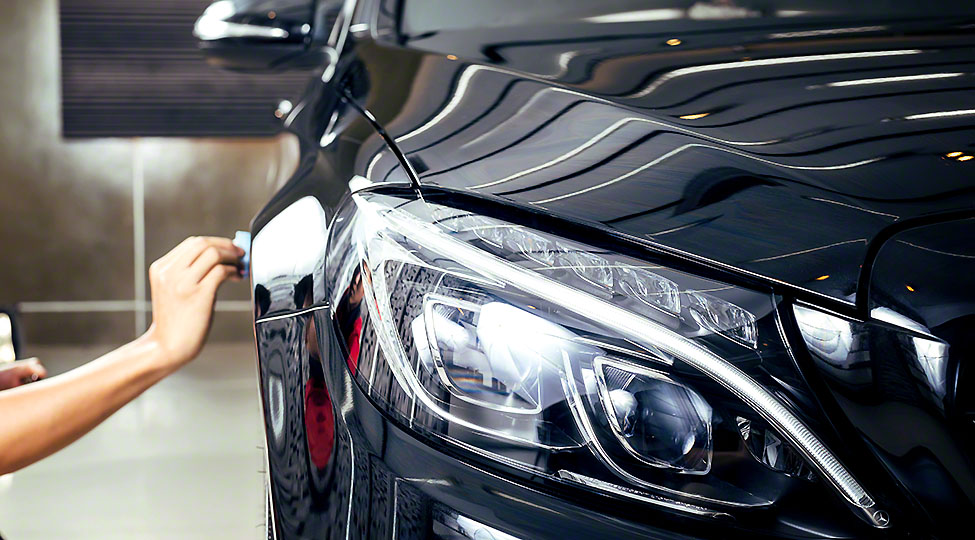4 Ways To Remove A Car Window Tint And Its Glue
Window tints do not last forever. They have a limited lifespan and will sooner or later wear out and need replacement. Tints that are bubbling or fading are a sure sign that the existing ones need to go and you need to get new auto glass tinting. However, the main problem is getting rid of the glue. If you are in the same boat, continue reading.
Removing Tint And Glue Using Hairdryer
Perhaps the easiest way to remove both the window tint and glue is by using a hairdryer. Plus, it is the most popular and inexpensive way to do it. All you need is a hair dryer, glass cleaner, paper towels, cloth, and a knife. If you do not have a hairdryer, you can use a heat gun. The only problem is that things can get messy so you better be prepared for it.
To begin the process, adjust the hairdryer to the maximum hot setting and hold it 2 inches away from the area where the tint is damaged or needs glue treatment. If the glue is spread all over the window, you should properly heat the glue for around 1-2 minutes. Once the glue loosens, you can use the knife for removing the remaining pieces.
Make sure that you keep using the hairdryer. Otherwise, the glue will turn hard, and using the knife will scratch the windows. Finally, use a glass cleaner and an adhesive to make your windows squeaky clean again. You can proceed with window tint installation after this.
Removing Tint With Steam Removal
Another way of removing both window tints and glue is using a steam removal machine. This method is fairly common due to the reason steam removal machines are common household appliances nowadays that can be found in almost every home.
To use the steam removal machine, fill it with water and hold it 1 inch close to the window. After a few minutes, you will observe that the glue has started to melt and you should use the knife to remove it. Some areas might be relatively stubborn, so you will need to be patient. After removing the glue, use a glass cleaner to remove the remnants.
Removing Tint And Glue With Ammonia
Now, this technique is relatively unheard of but some people do practice it. For this technique, you are going to need ammonia, dish soap, steel wool, plastic garbage bags, scissors and spray bottles, etc. This method might not be the most pleasant way of removing the tints and glue but it is surely the most effective especially during sunny days. Ammonia combined with heat softens the adhesive and will make it a lot easier for the faded tints to be removed.
Take a spray bottle and fill it with a soap solution (soap and water). Then, cut some plastic bags to cover both sides of the window. Next, spray the outside of the window and cover it using plastic. Then, spray it on the inside of the window and cover it with the other piece of plastic.
Keep in mind that ammonia is toxic and needs to be ventilated. So, make sure the doors of your car are open and not closed. Plus, wear a mask while spraying. Let the plastic sit on the glass for about an hour. After that, the adhesive will soften and come off easily using fine steel wool. In the end, use dish soap and dry the glass using paper towels.
Removing Tint And Glue With Scrape And Soap
Removing window tint and glue with scrape and soap is an excellent way to treat small portions of the window but it demands a lot of physical labor. So, if you are working on the whole window, you should either be prepared for it or consult a professional.
Make a soap solution and spray it over the window. Gently, use the scrape to remove the glue, spraying the soap mixture during the process. You will have to be patient as removing the glue using this method takes a lot of time. Keep the windows lubricated while removing the glue and clean them using a glass cleaner.
Conclusion
Removing window tint and its glue can be tough depending on the condition of the window tints. Sometimes, it can be easy to take off, otherwise tough. So, try using the techniques mentioned above to make your tints look as good as new. Visit a window tint shop Springfield to avoid scratches and damage.
